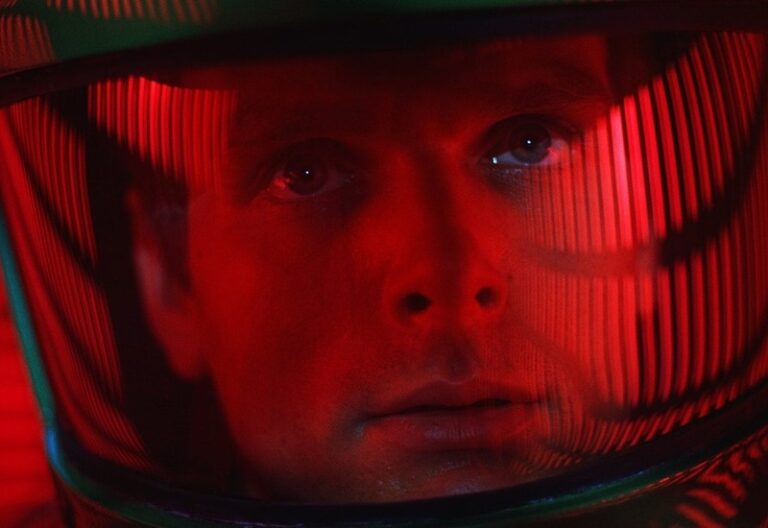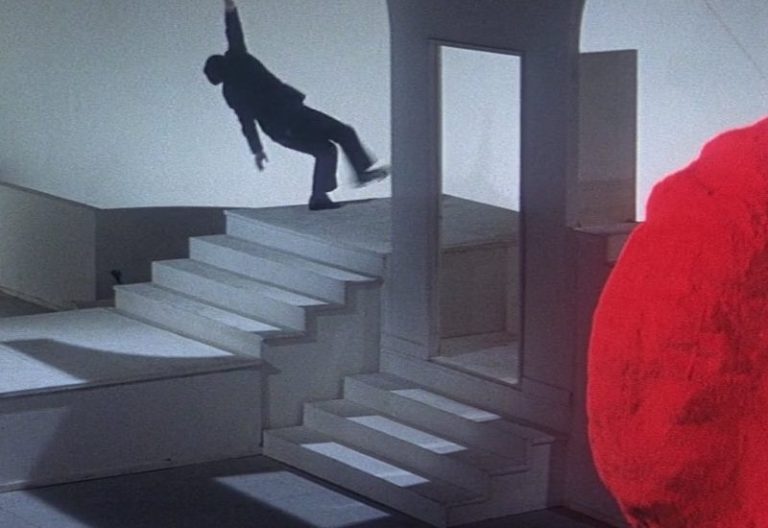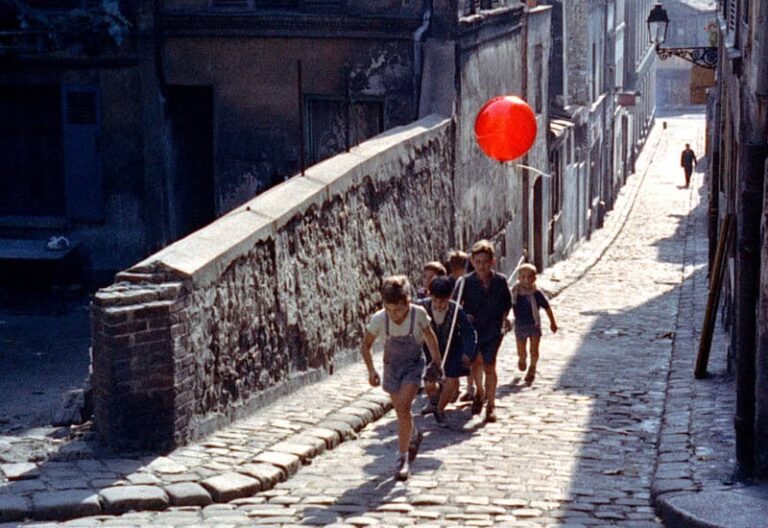what is the rashomon effect?
The Rashomon Effect refers to a phenomenon where different people provide contradictory interpretations of the same event. The term originated from Akira Kurosawa’s 1950 film “Rashomon,” in which a crime is recounted through the eyes of four different witnesses, each telling a story that contradicts the others. This narrative device emphasizes the idea that truth is not absolute but rather shaped by personal biases, emotions, and experiences.
Published by: CinemaWaves Team | Filed Under: Film Blog
The Rashomon Effect
Definition and Origins
The concept of the Rashomon Effect first gained prominence with Kurosawa’s film, which was based on Ryūnosuke Akutagawa’s short stories “Rashomon” and “In a Grove.” In “Rashomon”, Kurosawa presents the audience with four different versions of the same incident – a samurai’s murder and the assault of his wife – told from the perspectives of the bandit who admits to the crime, the wife who claims she was raped, the murdered samurai speaking through a medium, and a woodcutter who provides yet another version of the events. Each account is plausible, yet they are mutually contradictory, leaving the audience to question the nature of truth and reality.
This storytelling technique was groundbreaking at the time, challenging the traditional notion of an objective reality in cinema. It introduced a new way of exploring characters’ psychology and the complexities of human nature, where truth is not a single, unchanging entity but rather a collection of subjective experiences. The film’s innovative structure and philosophical depth earned it international acclaim, including the Golden Lion at the Venice Film Festival, and it remains a seminal work in the history of cinema.

The Rashomon Effect Examples in Movies
The Rashomon Effect has since become a popular narrative device in film and television, used to explore themes of truth, memory, and perspective. Many filmmakers have drawn inspiration from Kurosawa’s approach, using multiple, conflicting viewpoints to tell a single story.
One of the most famous examples is “The Usual Suspects” (1995), directed by Bryan Singer. The film unfolds through the unreliable narration of a criminal who recounts a complex web of events to the police. As the story progresses, it becomes clear that the narrator is manipulating the truth, and the audience is left questioning what really happened. The film’s twist ending hinges on the idea that the truth is elusive and shaped by those who tell it, echoing the themes of Rashomon.
Another notable example is Quentin Tarantino’s “Reservoir Dogs” (1992), where the aftermath of a botched heist is told through the eyes of various characters, each with their own interpretation of who betrayed the group. The film’s nonlinear narrative and shifting perspectives create a sense of ambiguity, forcing the audience to piece together the truth from conflicting accounts.
In “Gone Girl” (2014), directed by David Fincher and based on Gillian Flynn’s novel, the story of a woman’s disappearance is told through alternating perspectives—those of the husband and the missing wife—each presenting a version of events that casts doubt on the other’s reliability. The film delves into themes of deception, media manipulation, and the subjective nature of truth, making it a modern example of the Rashomon Effect.

The Rashomon Effect in Broader Culture
Beyond film and television, the Rashomon Effect has been applied in various fields, including law, psychology, and sociology, to describe situations where different witnesses or participants offer conflicting accounts of the same event. In legal contexts, it highlights the challenges of relying on eyewitness testimony, as personal biases and perceptions can significantly alter the retelling of events. In psychology, the effect is used to study how memory and perception are influenced by emotions, experiences, and individual worldviews.
The Rashomon Effect also finds relevance in journalism and media, where different outlets may present the same story in vastly different ways, depending on their perspectives or agendas. This has become particularly pertinent in the age of social media, where information is rapidly disseminated and often distorted, leading to a fragmented understanding of reality.
The Rashomon Effect has had a profound impact on storytelling. What began as an innovative narrative technique in Kurosawa’s “Rashomon” has evolved into a widely used device in film, television, and beyond, influencing how stories are told and understood across cultures.
Refer to the main page for more educational insights on filmmaking and cinema history.
The Vertigo Effect, also known as the “dolly zoom” or “zolly” shot, is a cinematographic technique that creates a disorienting and unsettling visual experience by…
Film theory is the academic discipline that explores the nature, essence, and impact of cinema, questioning their narrative structures, cultural contexts, and psychological…
The Japanese New Wave or Nuberu Bagu, as it’s known in Japan, represents a pivotal period in Japanese cinema, marked by a wave of artistic experimentation and…
When her young son Minato starts to behave strangely, his mother feels that there is something wrong. Discovering that a teacher is responsible, she storms…
Arthouse film refers to a category of cinema known for its artistic and experimental nature, usually produced outside the major film studio system. These films prioritize artistic…
Short films are a versatile and impactful form of cinema, typically ranging in length from a few minutes to around 40 minutes. They serve as a powerful medium for…






